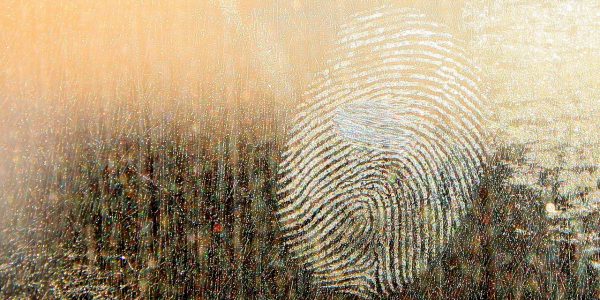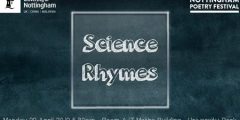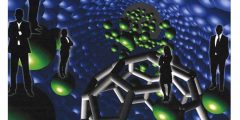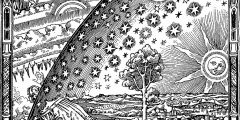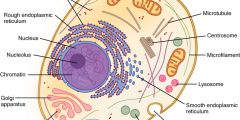Comments on qualitative methods in the humanities and social sciences
April 26, 2019
I while ago Chris Toumey (Toumey@mailbox.sc.edu) wrote a guest post for this blog, announcing his new book on nanotech and the humanities. A reader had a question that Chris didn’t have time to answer at the time. This post is an answer to that question. *** Regarding my book on nanotechnology, Nanotech and the Humanities, …
Looking on the bright side: Black holes
April 10, 2019
Here we go again. The world down here on earth is in dire straights, what with climate change and politics and all that. BUT there is something to be proud about. Scientists have managed to capture the first ever image of a black hole. This was achieved, not through people stamping their feet or ignoring …
Epigenetics: Between fundamental science and fantastic expectations
April 5, 2019
One of my heroines in the field of epigenetics is Edith Heard. In this post I will tell you what I learned from her over the years with regard to epigenetic facts and fantasies. (For a good overview of facts and fantasies, watch this video at ‘Cracked Science’). Before I do that, you might want …
Scientists call for a moratorium on heritable genome editing. What do they want?
March 29, 2019
This is a guest post by Jim Dratwa and Barbara Prainsack. Jim Dratwa, Woodrow Wilson Center, Washington, D.C., and Free University of Brussels’ Centre on Law, Science, Technology & Society. e: jim.dratwa@vub.ac.be Barbara Prainsack, Department of Political Science, University of Vienna, AT and Department of Global Health & Social Medicine, King’s College London, UK. e: …

